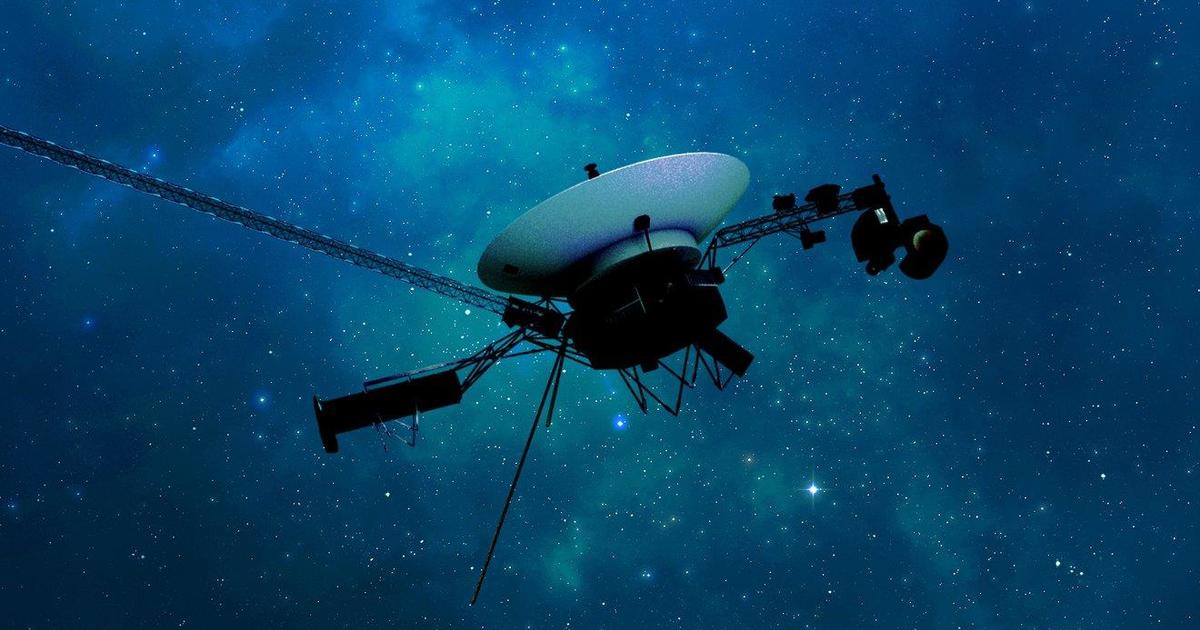The most distant spacecraft from Earth has resumed sending data after a five-month gap, NASA said Monday.
NASA’s Voyager 1 spacecraft was launched in 1977, about two weeks after the launch of its twin, Voyager 2. The spacecraft has spent over 45 years studying the outer solar system and has made flybys of Jupiter and Saturn and traveled more than 46,000,000,000 miles.
In November 2023, the spacecraft stopped sending “readable science and engineering data,” NASA said in a news release. Mission controllers were able to determine that Voyager 1 was still receiving commands from Earth and operating normally, but the science data could not be read and researchers did not know the status of the craft’s onboard engineering systems.
NASA/JPL-Caltech
Last month, the craft’s engineering team was able to confirm that the issue was related to one of the three onboard computers that make up Voyager 1’s flight data subsystem. That system is what packages science and engineering data into a readable format before sending it to Earth. The team determined that “a single chip responsible for storing a portion of the (system’s) memory,” including some computer software code, wasn’t working.
The chip couldn’t be repaired and the code was too large to place in one new location, NASA said, so the team worked to relocate the affected code into multiple sections of the flight data subsystem. It took weeks to repackage the code, NASA said, and last Thursday, the new location was communicated to Voyager 1.
It takes about 22 and a half hours for a radio signal to reach Voyager 1 in interstellar space, or the space between stars, NASA said. On Saturday, the spacecraft’s mission team received a response, confirming that the code modification had worked.
NASA/JPL-Caltech
Engineers celebrated receiving new data for the first time in almost half a year, but the work isn’t done yet. NASA said that in the coming weeks, the mission team will “relocate and adjust the other affected portions” of the software, including portions that will start returning science data. Meanwhile, Voyager 2 continues to operate with no issues, and both craft will continue to report back on the distant reaches of the solar system.


